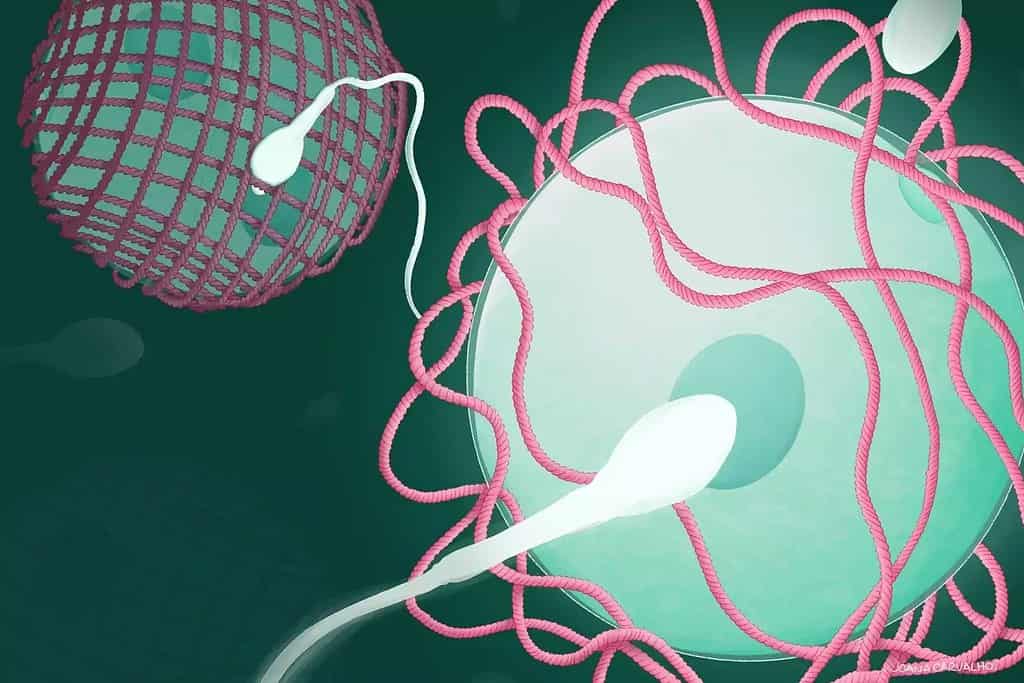
During a single ejaculation, millions of sperm embark on their arduous journey to the egg. On the way, numerous challenges await. These include an acidic environment in the vagina, the cervix’s mucus which can act as a barrier or filter, the many wrong turns within the uterus, and the final challenge of penetrating the egg itself which is encased in a protective layer called the zona pellucida.
Only a few hundred lucky sperm actually make it close to the egg. But, in the end, there is only one winner.
Researchers at the Karolinska Institutet in Sweden have now made a breakthrough in understanding how fertilization in mammals is precisely regulated. They found that immediately after the egg is fertilized by a sperm, the surrounding egg coat tightens, acting as a hard barrier that stops additional sperm. This critical process, detailed for the first time, prevents a potentially lethal state for the embryo — polyspermy. In this state, multiple sperm cells fuse with a single egg and can make it unviable.
The mysterious egg coat
The team employed advanced techniques such as X-ray crystallography and cryo-electron microscopy (cryo-EM) to decipher the 3D structure of egg coat proteins. They also used the Google’s AI program AlphaFold to predict the structure of the human egg coat, combining this with functional studies in mice to explore how mutations in the ZP2 protein affect fertility.
The study unveiled the structure and crucial function of a protein called ZP2 within the egg coat. It’s ZP2’s transformation post-fertilization that creates an impenetrable barrier against additional sperm, ensuring that only one sperm can fertilize the egg. This discovery, led by Professor Luca Jovine of the Karolinska Institutet, marks a significant step forward in reproductive biology.
“It was known that ZP2 is cleaved after the first sperm has entered the egg, and we explain how this event makes the egg coat harder and impermeable to other sperm,” says Luca Jovine, Professor at the Department of Biosciences and Nutrition, Karolinska Institutet, who led the study.
Alterations in the protective layer surrounding the egg after fertilization play a vital role in female fertility. This coat safeguards the embryo during its early development until it securely attaches to the womb. This insight could lead to the development of new contraceptive methods that do not rely on hormones, but instead target the formation of this protective egg layer. This would also explain some instances of female infertility involving egg coating.
“Mutations in the genes encoding egg coat proteins can cause female infertility, and more and more such mutations are being discovered,” explains Luca Jovine. “We hope that our study will contribute to the diagnosis of female infertility and, possibly, the prevention of unwanted pregnancies.”
In an unexpected twist, the team found that a segment of the ZP2 protein, previously believed to serve as a receptor for sperm, is not essential for sperm attachment. This begs the question: what then is the true sperm receptor on the egg coat? The researchers in Sweden plan on investigating this in the future.
The findings appeared in the journal Cell.









